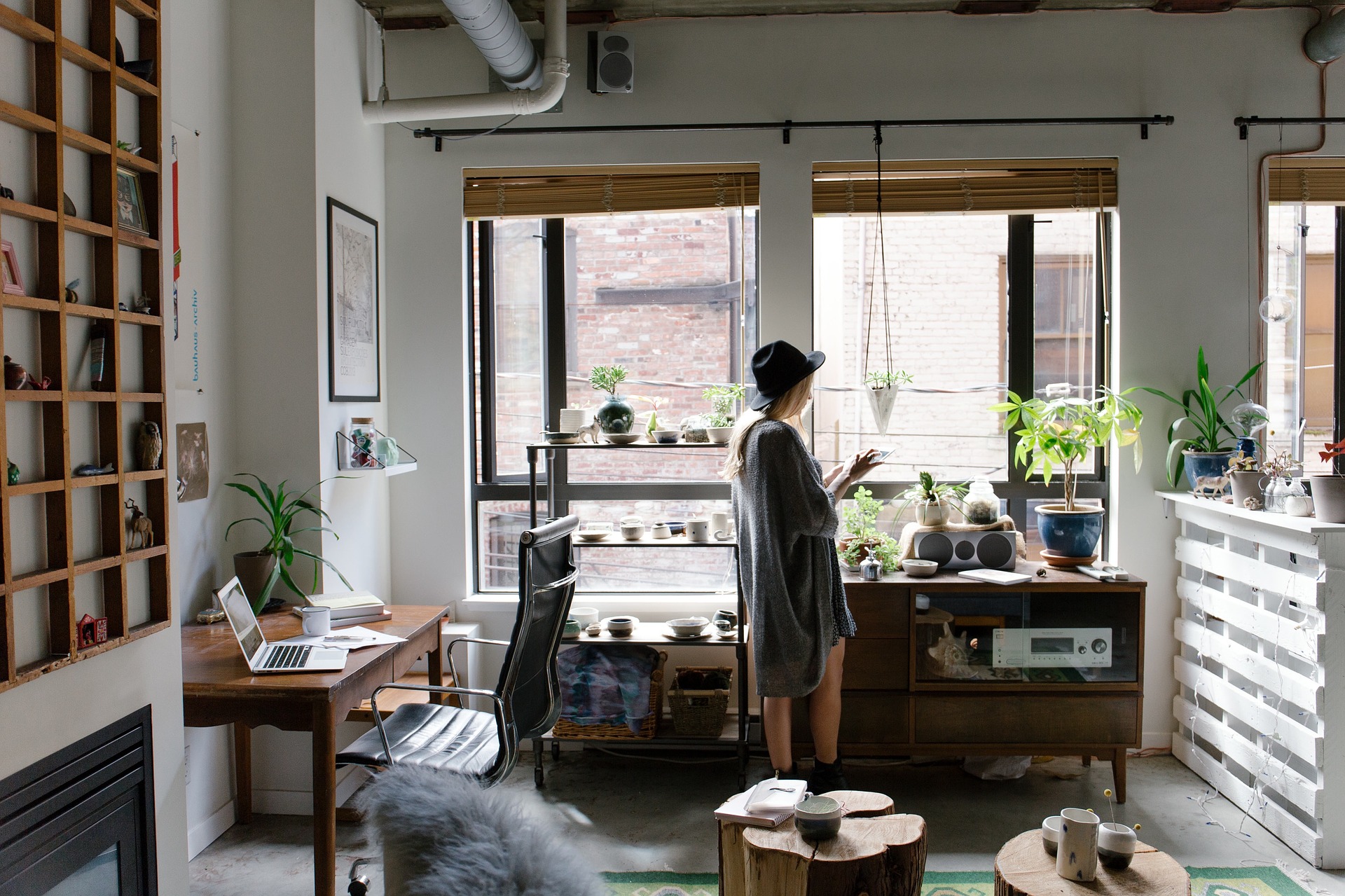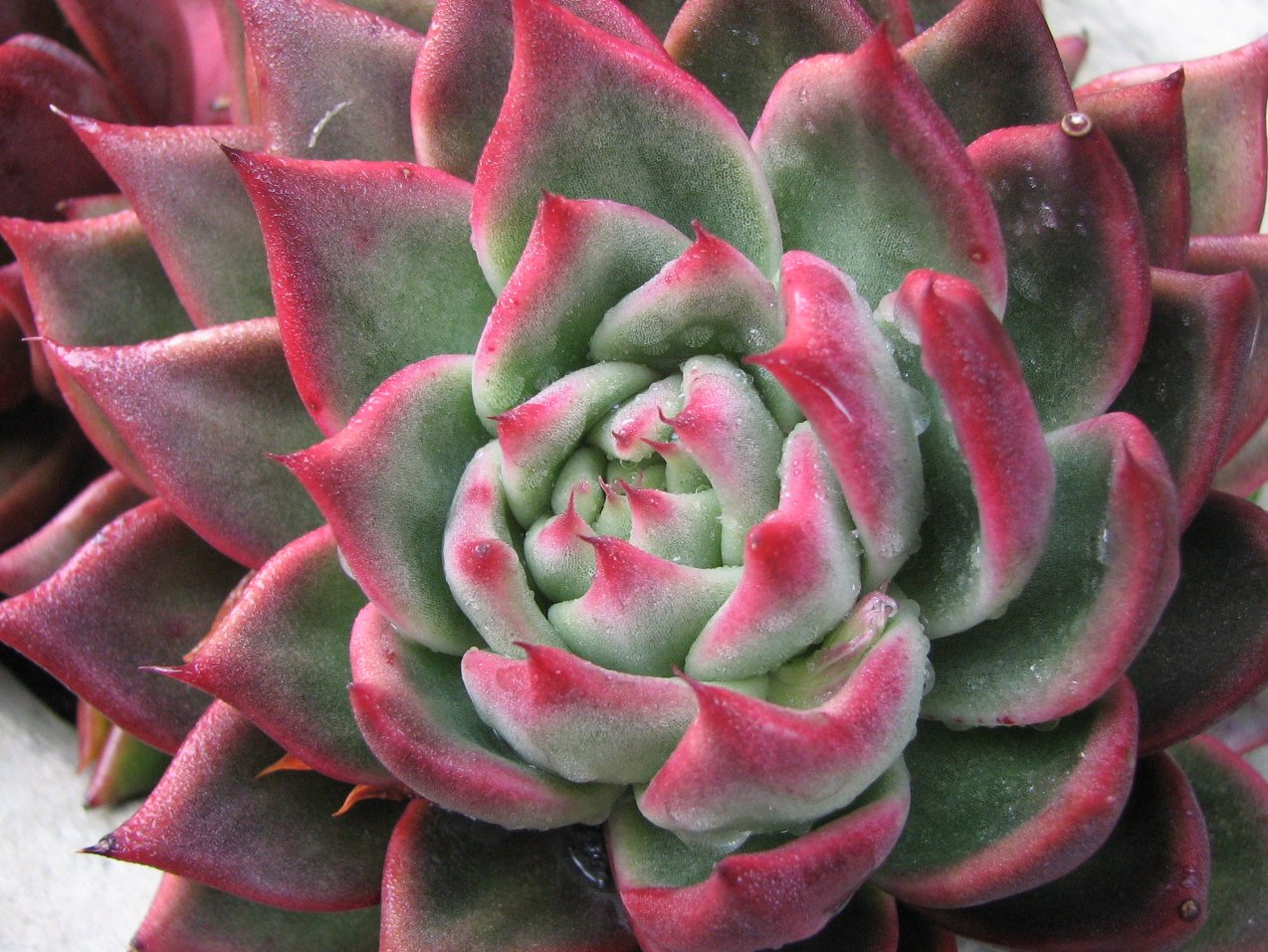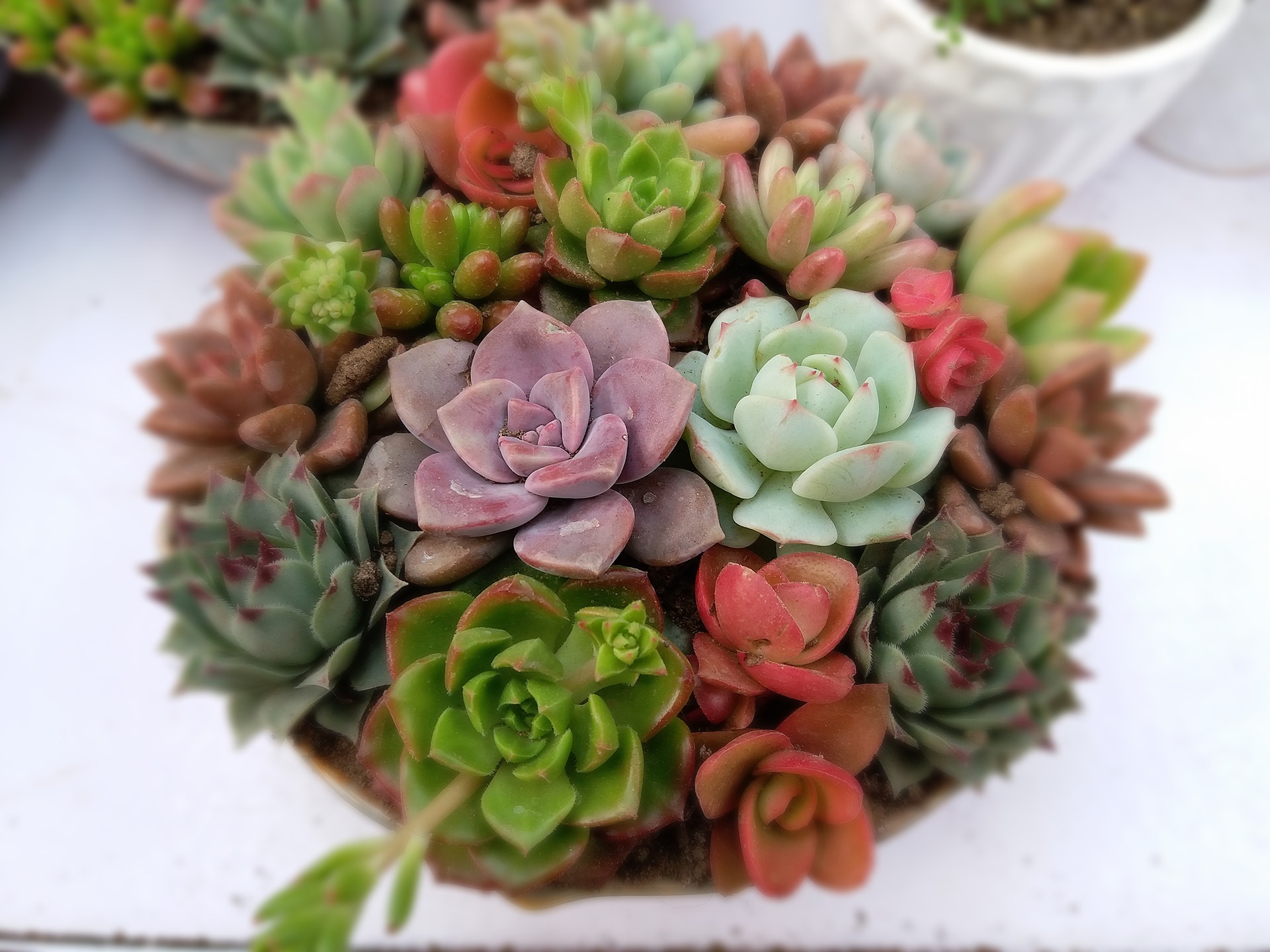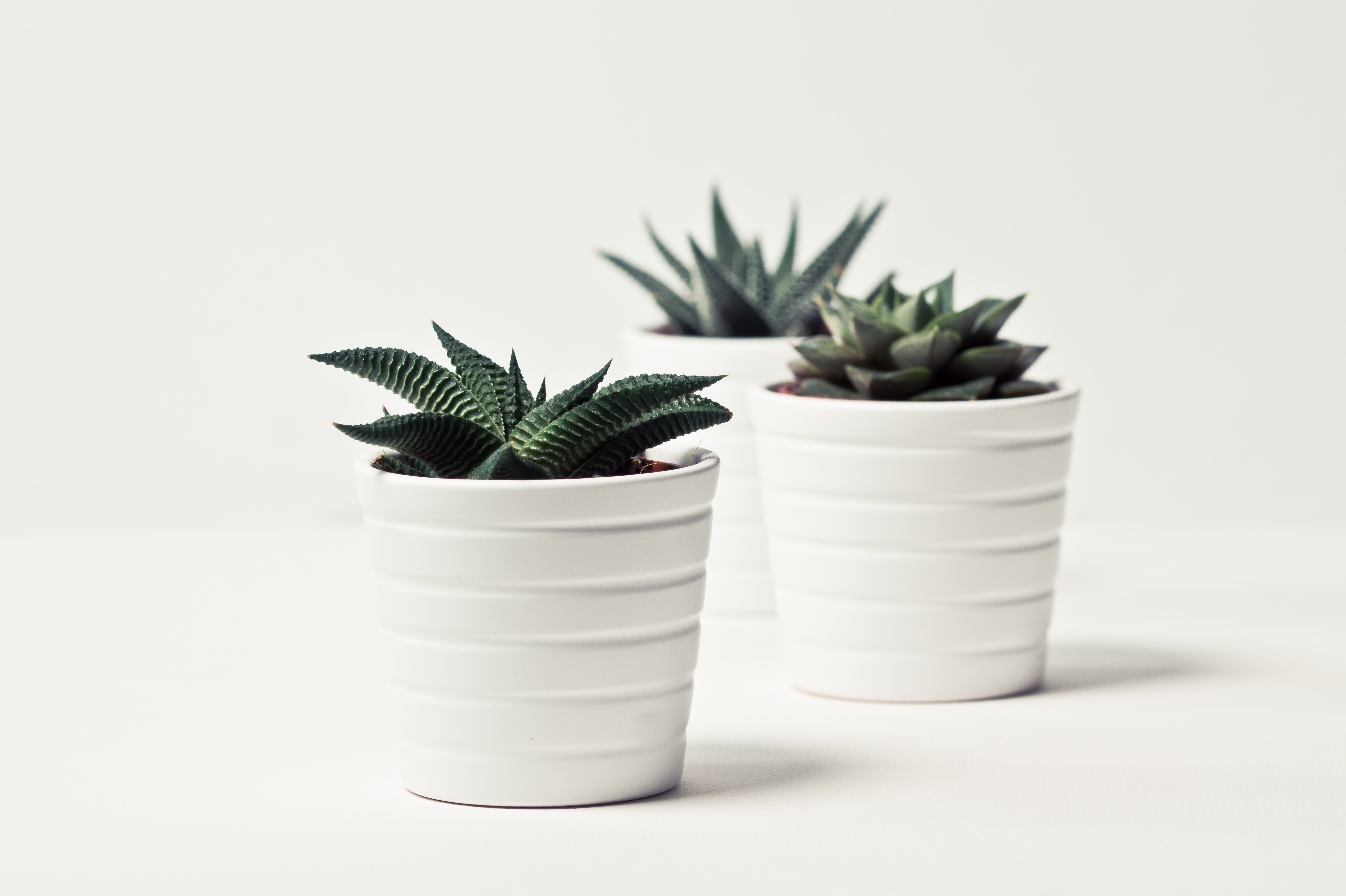By Sandra Nelson
Our weekends almost always include a trip to one of the local big box stores. For some reason, no matter what task he is completing, my husband never seems to have “the right tool.” (After 45 years, I would think we would already have every tool known to man …but evidently not. ) Last weekend, while he was tool searching, I scouted out the houseplants.
This year, as in the past few years, the shelves held a large variety of succulents mixed in among the indoor foliage plants. For the most part, the shoppers I saw were a younger crowd, those typically thought of as millennials, and they were definitely putting more succulents and cacti in their shopping carts than anything else. Succulents still trendy, I wondered?
After a little research, I found som e surprising facts. Industry statistics show that 37% of U.S. millennials (latest figures project 73 million people) state that they raise houseplants as compared to only 28% of the 72 million baby boomers. Further, those houseplant buying millennials are responsible for spending almost 1 billion dollars a year on succulents and cacti at independently owned garden centers. That astounding figure doesn’t even account for dollars spent at other types of retailers like florists, supermarkets, big box stores or online. Further, sales of succulents and cacti have shown double-digit gains every year throughout the past decade and, according to reports, sales don’t appear to be slowing down at all. That seems like more than a trend to me!
e surprising facts. Industry statistics show that 37% of U.S. millennials (latest figures project 73 million people) state that they raise houseplants as compared to only 28% of the 72 million baby boomers. Further, those houseplant buying millennials are responsible for spending almost 1 billion dollars a year on succulents and cacti at independently owned garden centers. That astounding figure doesn’t even account for dollars spent at other types of retailers like florists, supermarkets, big box stores or online. Further, sales of succulents and cacti have shown double-digit gains every year throughout the past decade and, according to reports, sales don’t appear to be slowing down at all. That seems like more than a trend to me!
 Thinking about what succulents offer, it’s obvious to me why they are so popular. Succulents are hardy, drought tolerant plants. They tolerate a wide variety of conditions and a great deal of abuse. Their leaves, which tend to be thicker than most foliage plants, store water. Under the appropriate conditions, many varieties of succulents can go several weeks without water. In fact, over-watering is the easiest way to kill a succulent. Unlike other types of houseplants, an under-watered succulent, one whose stems and leaves appear shriveled and bowed, will usually be revived by a thorough watering.
Thinking about what succulents offer, it’s obvious to me why they are so popular. Succulents are hardy, drought tolerant plants. They tolerate a wide variety of conditions and a great deal of abuse. Their leaves, which tend to be thicker than most foliage plants, store water. Under the appropriate conditions, many varieties of succulents can go several weeks without water. In fact, over-watering is the easiest way to kill a succulent. Unlike other types of houseplants, an under-watered succulent, one whose stems and leaves appear shriveled and bowed, will usually be revived by a thorough watering.
Although six hours of bright, indirect light (full sun) is ideal for many varieties of succulents, others do well with only three or four hours (partial sun). Some in the cactus family can live in extremely low light conditions (shade). As a general rule, brightly colored succulents need more light or they will lose their color intensity, sometimes even reverting to green. If plants begin to stretch or become leggy, then they are signaling a need for more light. Try placing them in a southern or western facing window or consider adding an artificial lighting system.
Succulents are celebrated for their unique shapes and eye-catching colors.  From perfectly formed, smooth rosettes to those with rock-like formations, their range of colors, shapes and textures seems endless. Changes in light conditions can also transform some varieties, changing their colors from shades of dark greens to brilliant reds and oranges in full sun.
From perfectly formed, smooth rosettes to those with rock-like formations, their range of colors, shapes and textures seems endless. Changes in light conditions can also transform some varieties, changing their colors from shades of dark greens to brilliant reds and oranges in full sun.
Like other houseplants, adding succulents to your interior environment has health benefits. Research confirms that plants help reduce carbon dioxide and increase oxygen levels in the air. They help remove dust particles, increase humidity and reduce pollutant particles. They can help increase focus, concentration and productivity.
Finally, succulents and cacti tend to be affordable plants. For just a few dollars, the consumer can have a plant that has a long life span and that is easy to propagate.
While some home decor options can be expensive and time-consuming, adding the beauty and benefits of succulents is an easy, inexpensive option.
If you haven’t tried your hand at growing succulents yet, this winter is the perfect time to try. We’ve given you a few suggestions of varieties we love. Hope you do too.







